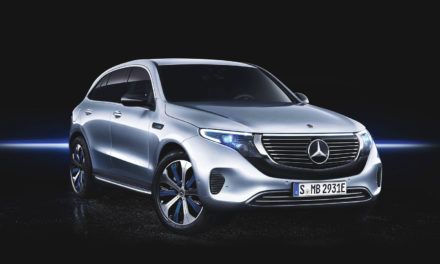
Electric cars have been all the rage these past few years and Audi has recently announced two new electric cars to be added to their e-tron family, including the RS e-tron GT and the e-tron GT quattro. With the release of an electric line, Audi is one step closer to their goal of “achieving net CO2 neutrality by 2050.”
The two new electric cars added to the e-tron line push past performance data to exemplify the technical brilliance of Audi. Audi has combined the irresistible combination of the gran turismo concept with an aerodynamic design to give drivers a smooth yet thrilling drive in the e-tron GT quattro. In the RS e-tron GT, drivers are given the product of combining performance with progressiveness without having to choose between one or the other. Furthermore, regarding the design of the RS, the aerodynamics can be actively adjusted depending on the driving situation. The two settings available for drivers are for the rear wing as well as the adjustable cooling air inlets at the front of the vehicle. To reduce drag, drivers can use the adaptive air suspension to lower the vehicle at higher speeds.
The Audi e-tron GT models that are produced in the United States will benefit from a 93.4kWh lithium-ion battery pack along with an integrated cooling structure beneath the battery. This technology allows for the heat to be drawn away from the battery and the battery to be housed inside an aluminum frame. This aluminum frame is designed to protect occupants of the vehicle and to provide structural rigidity. Because Audi’s e-tron models are made up of an 800-volt electrical architecture, they have the ability to charge at an industry-benchmark of 270kW utilizing DC fast-chargers. Because of this unique factor, these cars able to replenish their batteries from 5 to 80 percent within approximately 20 minutes- among the quickest charging rates currently available in the market.
The reason why the Audi e-tron GT cars share the same performance as the world’s most thrilling roller coasters is because Audi has incorporated the science behind permanently excited magnets into the cars’ design. In both the front and rear axles, drivers can expect the e-tron GT and the RS e-tron GT to have permanently excited synchronous motors (PSM). Due to the motors’ ample, they produce instant torque from a standstill. This science allows for the e-tron GT’s front motor to produce 235 horsepower and the rear motor to produce 429 horsepower. The motors’ combined net of horsepower output is between 469 to 522 with overboost. This allows for the e-tron GT to accelerate from 0 to 60 in 3.9 seconds with a top track speed of 152mph. The RS e-tron shares the same front PSM as the e-tron GT but the rear motor is much stronger and is capable of producing 450 horsepower alone. With the front and rear motors combined, the RS produces a net 590 to 637 horsepower with overboost. The acceleration rate from 0 to 60 in the RS is about 3.1 seconds with a top track speed of 155mph. This data places the RS e-tron alongside Audi’s v10-powered R8 supercar, while generating zero direct emissions.
The Audi e-tron GT and RS e-tron GT models will arrive in the United States during the summer months of this year. More details will be provided by Audi America in regards to pricing of trim level-specific packages closer to on-sale timing. However, the manufacturer suggested retail pricing ranges from $99,900 to $139,000. The e-tron GT quattro Premium Plus starts at $99,900 not including upgrades or taxes, the e-tron GT quattro Prestige starts at $107,100, and the RS e-tron GT starts at $139,900. Interested shoppers are able to find more information on Audi’s electric car line at www.audiusa.com.






